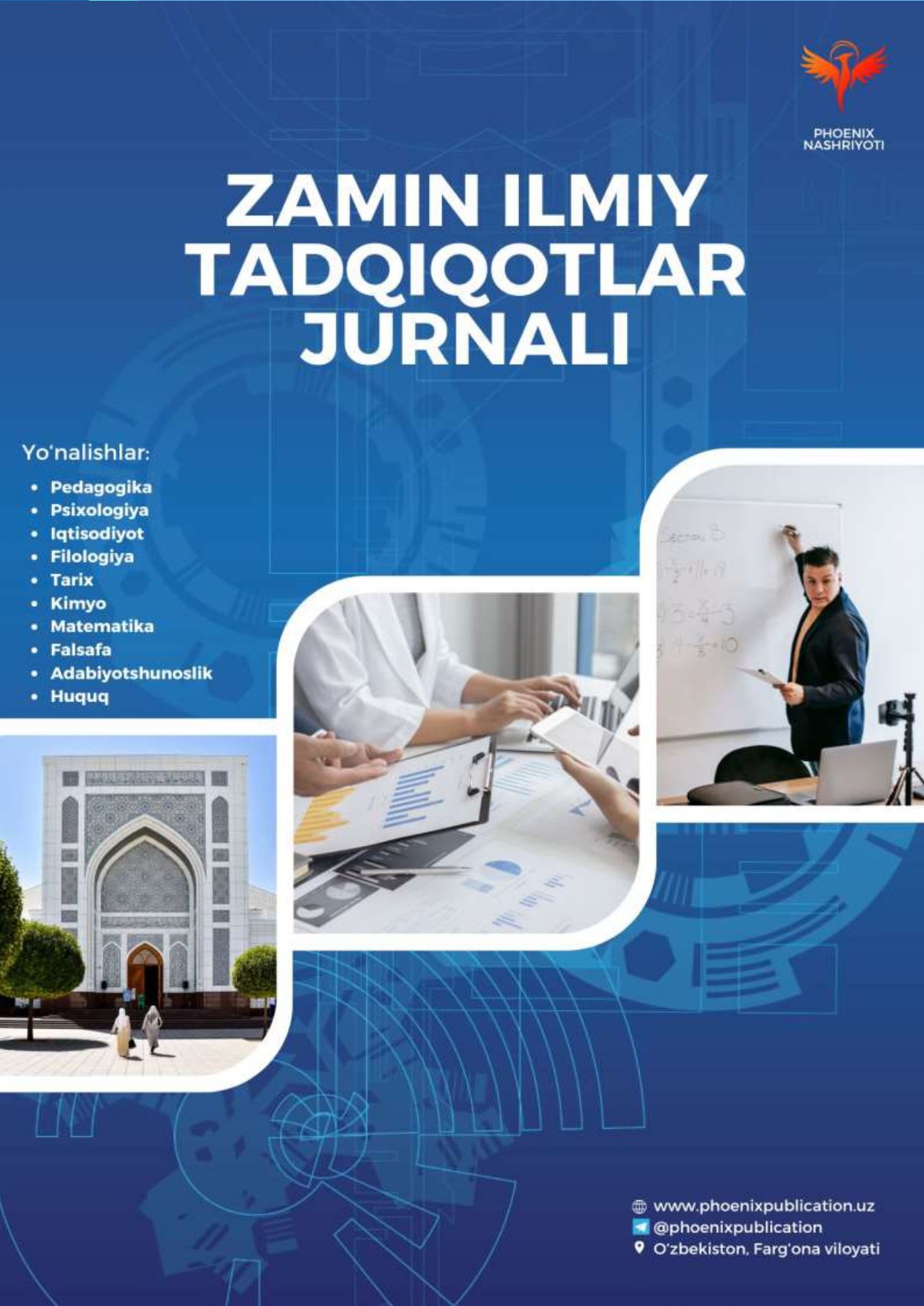Abstract
This article examines the growing impact of online learning platforms on modern education systems. It analyzes the effectiveness of digital learning tools compared to traditional face-to-face instruction, highlighting both the advantages and limitations of each approach. The study explores whether online platforms are capable of replacing conventional classroom settings or should be viewed as complementary resources. Real-world examples, student feedback, and current research findings are discussed to evaluate the pedagogical, technological, and psychological aspects of online learning environments.
References
1. Anderson, T., & Dron, J. (2011). Three generations of distance education pedagogy. International Review of Research in Open and Distributed Learning, 12(3), 80–97.
2. Bates, A. W. (2020). Teaching in a Digital Age: Guidelines for Designing Teaching and Learning. Tony Bates Associates Ltd.
3. Means, B., Toyama, Y., Murphy, R., Bakia, M., & Jones, K. (2010). Evaluation of Evidence-Based Practices in Online Learning: A Meta-Analysis and Review of Online Learning Studies. U.S. Department of Education.
4. Picciano, A. G. (2017). Theories and Frameworks for Online Education: Seeking an Integrated Model. Online Learning, 21(3), 166–190.
5. Siemens, G. (2005). Connectivism: A learning theory for the digital age. International Journal of Instructional Technology and Distance Learning, 2(1), 3–10.
6. UNESCO (2021). Reimagining our futures together: A new social contract for education. Paris: United Nations Educational, Scientific and Cultural Organization.
7. Zhao, Y., Lei, J., Yan, B., Tan, H. S., & Lai, C. (2005). What makes the difference? A practical analysis of research on the effectiveness of distance education. Teachers College Record, 107(8), 1836–1884.
8. www.edtechmagazine.com – EdTech Magazine
9. www.unesco.org – UNESCO Official Website
10. www.coursera.org – Global Online Learning Platform
